Miss Lemon Dwarf Abelia – 1 Gallon Pot
$29.97 Original price was: $29.97.$20.98Current price is: $20.98.
SKU: D2LSC 0064675845 Category: SHRUBS & BUSHES
- Safe Payments, Secure Personal Information
- Guaranteed High Quality
- 7 Days of Hassle-Free Returns
- 7 days free returns

Miss Lemon Abelia
Abelia grandiflora ‘Hopleys’ / ‘Lemon Zest’
Plant Details
USDA Plant Hardiness Zones: 6a-9b Find Your Zone >
Plant Type: Flowering Evergreen Shrub (May be semi-deciduous in northern zones)
Height at Maturity: 3-4′
Width at Maturity: 4-5′
Growth Habit / Form: Dense, Mounding
Growth Rate: Moderate
Flower Color: White to Pale Pink
Flower Size: Small, 0.5″
Flowering Period: Early Summer, Mid-Summer, Late Summer, Early Fall, Mid-Fall
Flower Type: Single, Bell-shape
Fragrant Flowers: Yes
Foliage Color: Yellow, White, Medium Green, Dark Green
Fragrant Foliage: No
Berries: No
Berry Color: NA
Sun Needs: Full Sun or Mostly Sun, Morning Sun with Dappled or Afternoon Shade, Morning Shade with Evening Sun
Water Needs: Average, Low Once Established
Soil Type: Clay, Loam, Sand, Silt
Soil Moisture / Drainage: Well Drained Moist, Well Drained Dry
Soil pH: 5.0 – 8.0 (Acid to Mildly Alkaline)
Maintenance / Care: Low
Attracts: Butterflies, Hummingbirds, Beneficial Pollinators, Visual Attention
Resistances: Deer, Disease, Drought, Dry Soil, Heat, Insect
Description
An exceptionally adaptable and tough but pretty flowering shrub, ‘Miss Lemon’ is a dwarf Abelia that sports colorful tricolor foliage in shades of white, yellow and dark green. Abundant clusters of fragrant, bell-shaped, soft pink to white flowers are produced during summer and into fall that the butterflies and hummingbirds will enjoy. At only 2.5 to 3 feet in height with a slightly larger spread, Miss Lemon is a good fit as an accent in smaller garden spaces or in groupings or as a natural or trimmed hedge in sunny to shady home foundation plantings and landscape borders. In our gardens it has demonstrated superior resistance to heat, humidity, disease and drought, and insects and deer don’t touch it. A great plant for adding unique texture and color that will light up any garden space.
Landscape & Garden Uses
Miss Lemon Abelia has many uses in the landscape. Its smaller size fits nicely as an accent or specimen in smaller landscape spaces or in groupings or as a natural or clipped formal hedge in sunny to shady landscape borders and home foundation plantings. More sun results in brighter foliage color. It also serves well in mass plantings as a soil stabilizer on slopes and is an excellent choice for underplanting a crape myrtle, taller growing upright Japanese maples, chaste tree (Vitex), or other small trees. Stunning when combined with other plants and trees that have purple, red or dark green foliage, such as Loropetalums, purple leaved Crape myrtles, and red-leaved Japanese maples. A fine addition to butterfly and hummingbird gardens. Asian-themed gardens and Xeriscape gardens (low water needs)
Suggested Spacing: 3 feet apart for solid hedges, 7′ or more apart for space between plants
Growing Preferences
Miss Lemon Abelia is very easy to grow in most any moist but well-drained soil of average fertility in full sun to part shade. More sun results in brighter foliage color. It is very drought tolerant when established. Maintenance is minimal. We prune our Abelia for shaping purposes one time a year in late winter or early spring. That said, plants respond very well to frequent shearings for formal hedges and shapes. It is evergreen in the southern zones and might be semi-deciduous some winters in zones north of 7a-7b.
Helpful Articles
Click on the link below to get helpful advice from our experts that’ll have you planting and growing Abelia like the pros.
How To Plant & Care For Abelia Shrubs
Plant Long & Prosper!
Meet The Wilson Brothers & Staff
Questions? Contact Us!
Be the first to review “Miss Lemon Dwarf Abelia – 1 Gallon Pot” Cancel reply
Related products
-30%
-30%
-30%
-30%
-39%
-30%
-30%
-30%



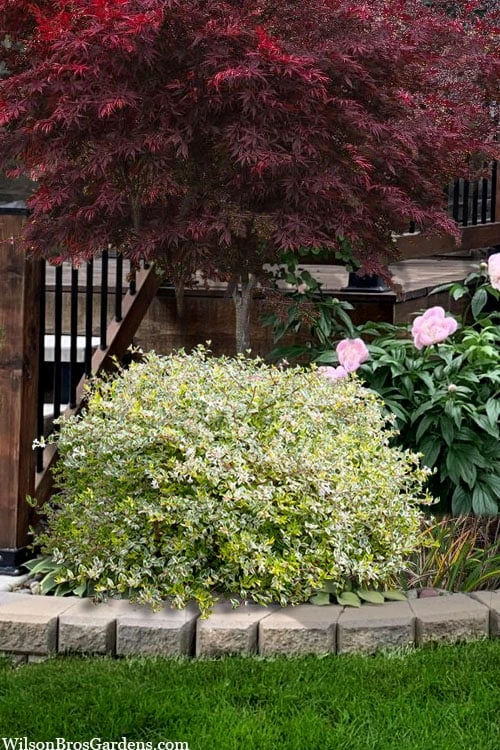
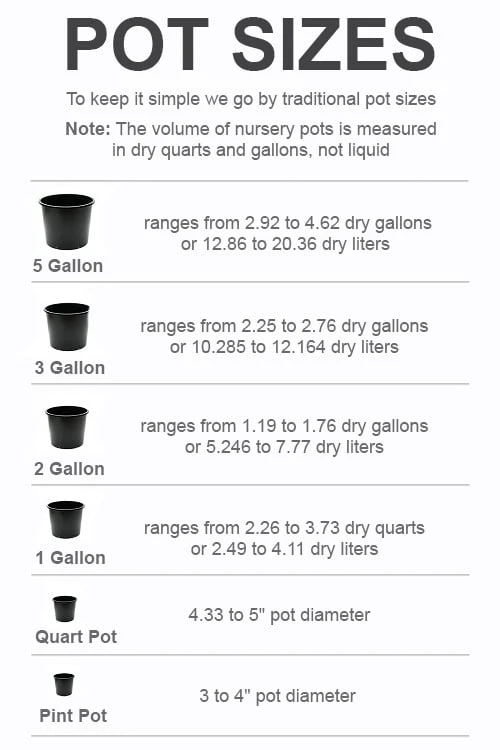
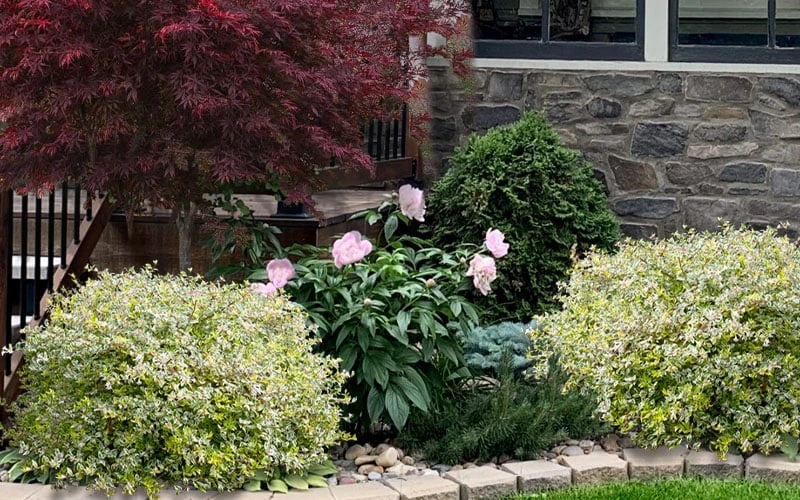
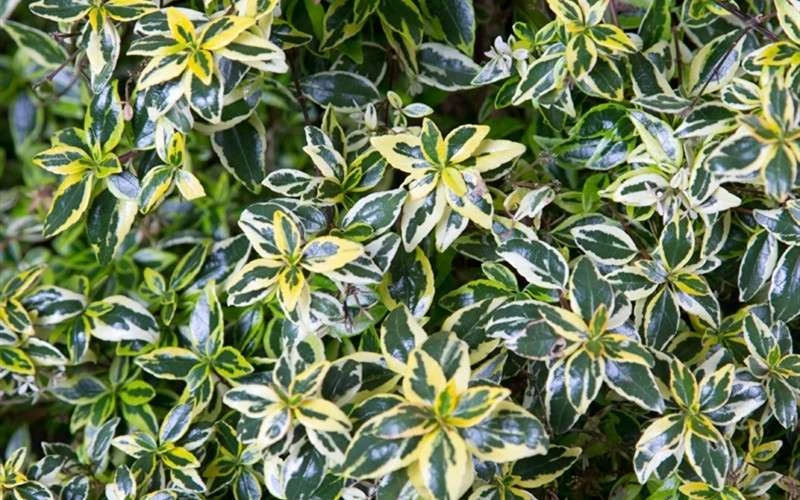

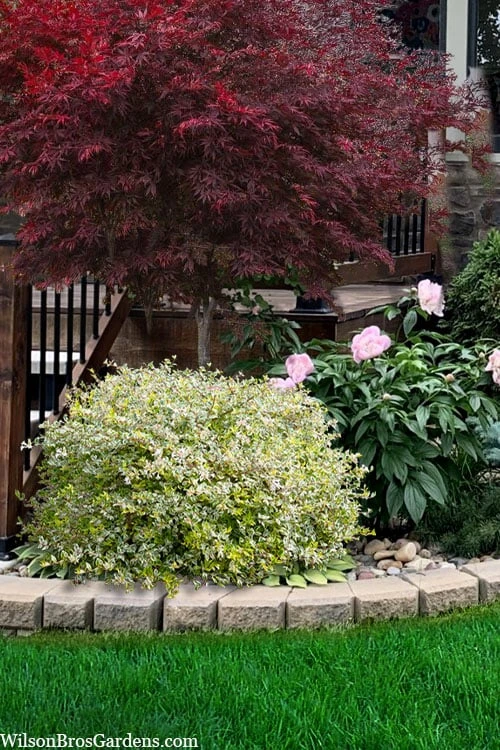
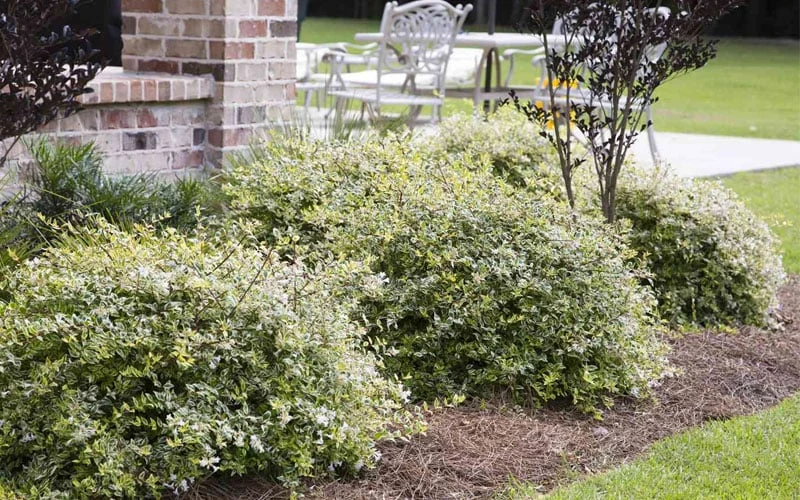
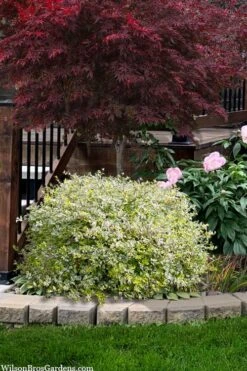




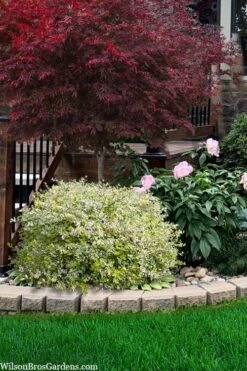
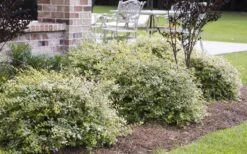

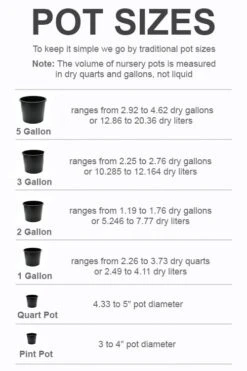

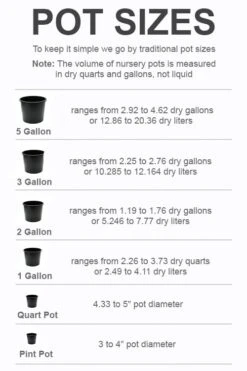

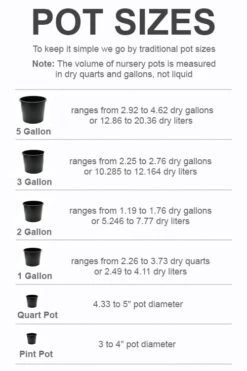

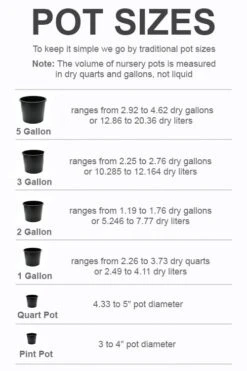
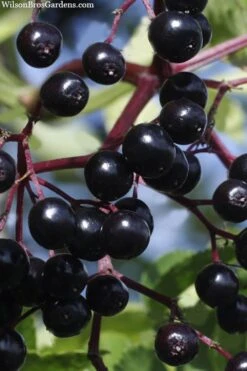


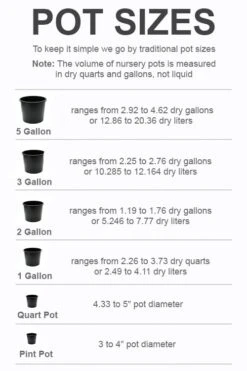
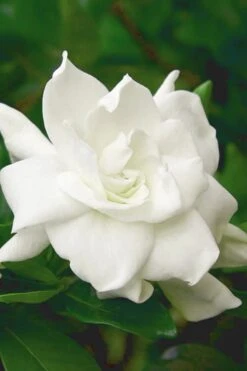



Reviews
There are no reviews yet.